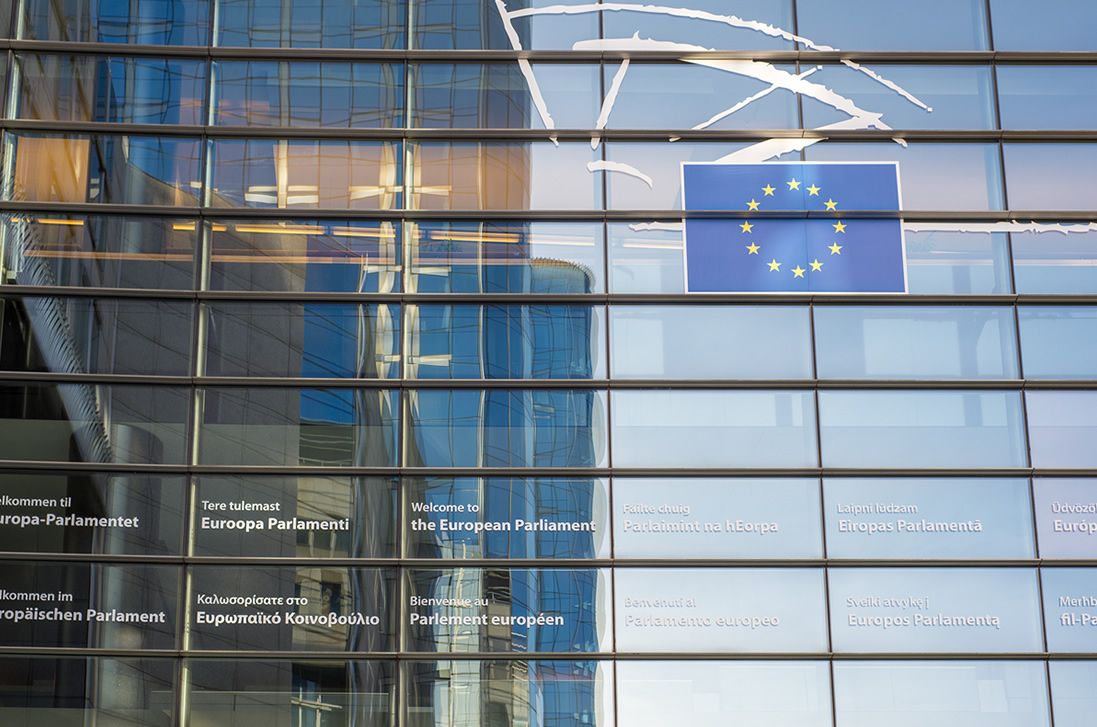Eurozone Economy Seen Growing at Solid Pace after Activity Surges in November
- Written by: James Skinner

Business activity and prices rose at fastest pace for six years in November while order backlogs saw firms take on new staff at the fastest rate in more than 17 years.
The Eurozone economy is on course to grow at its fastest pace since before the debt crisis of 2011 after a surge in activity across the manufacturing and services industries, lead by an upturn in Germany and France.
November’s IHS Markit Eurozone PMI, a measure of sentiment and activity in both services and manufacturing, rose to 57.5. This is up from 56.0 in October and marks the highest level for the index since April 2011.
“Growth kicked higher in November to put the region on course for its best quarter since the start of 2011,” says Chris Williamson, chief business economist at IHS Markit.
Gains for the composite PMI were driven by sharp rises in the French and German manufacturing and services industries. PMI readings were better than expected for both in each country this Thursday.
“The PMI is so far running at a level signalling a 0.8% increase in GDP in the final quarter of 2017, which would round-off the best year for a decade,” Williamson adds.
Business activity and prices rose at fastest pace in six years while a rising backlog of work lead manufacturing and services firms to take on new staff at their highest rate in more than 17 years.
“The eurozone economy is booming. November’s composite PMI rose to 57.5 from 56.0, hitting a new high in this recovery and pointing to annualized GDP growth of about 3% in 4Q17,” says Edoardo Campanella, an economist at UniCredit Bank.
Strength in Thursday’s industrial data comes despite a 12% rise in the value of the Euro relative to the US Dollar during 2017 and a lesser, but still large, 4.2% gain over the Pound Sterling.
“Manufacturers, in particular, are in great shape and look unscathed by the euro strength. The manufacturing PMI is now at the second highest level on record (the all-time high was in April 2000),” says Campanella.
Separately on Thursday, German GDP was confirmed to have risen at a rate of 0.8% in the third quarter Thursday, putting the annual growth at 2.3% (2.8% calendar adjusted), up from 1% in the second quarter.
“The German economic performance continues to increase substantially,” the federal statistics office Destatis says in its announcement. “Positive contributions came from foreign trade, after adjustment for price, seasonal and calendar variations.”
Thursday’s IHS Markit PMI surveys for Germany point toward a continuation of strong growth in the fourth quarter, despite the outcome of September’s election and subsequent political uncertainty, which now sees President Steinmeier mediating between political parties in an effort to build a coalition government of some kind.
“The German economy is going great guns, with manufacturing enjoying one of the best growth spurts seen over the past two decades,” says Phil Smith, an economist at IHS Markit. “Businesses are inundated with new orders, including sharp growth in manufacturing export sales, which is powering a strong and sustained spell of employment growth.”
Germany’s manufacturing industry saw its strongest increase in production volumes since April 2011 while activity in the services industry rose at a lesser pace, although it too managed to top its October performance.
The overall composite PMI for Germany rose by a full 100 basis points to 57.6 in November, up from 56.6 in October, adding weight to forecasts for German and Eurozone economic growth to be comfortably above 2% overall for 2017 as a whole.
Get up to 5% more foreign exchange by using a specialist provider by getting closer to the real market rate and avoid the gaping spreads charged by your bank for international payments. Learn more here.



